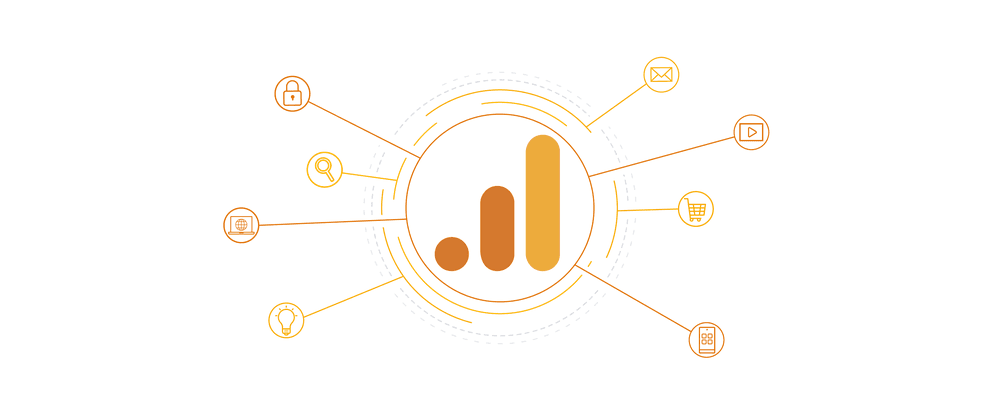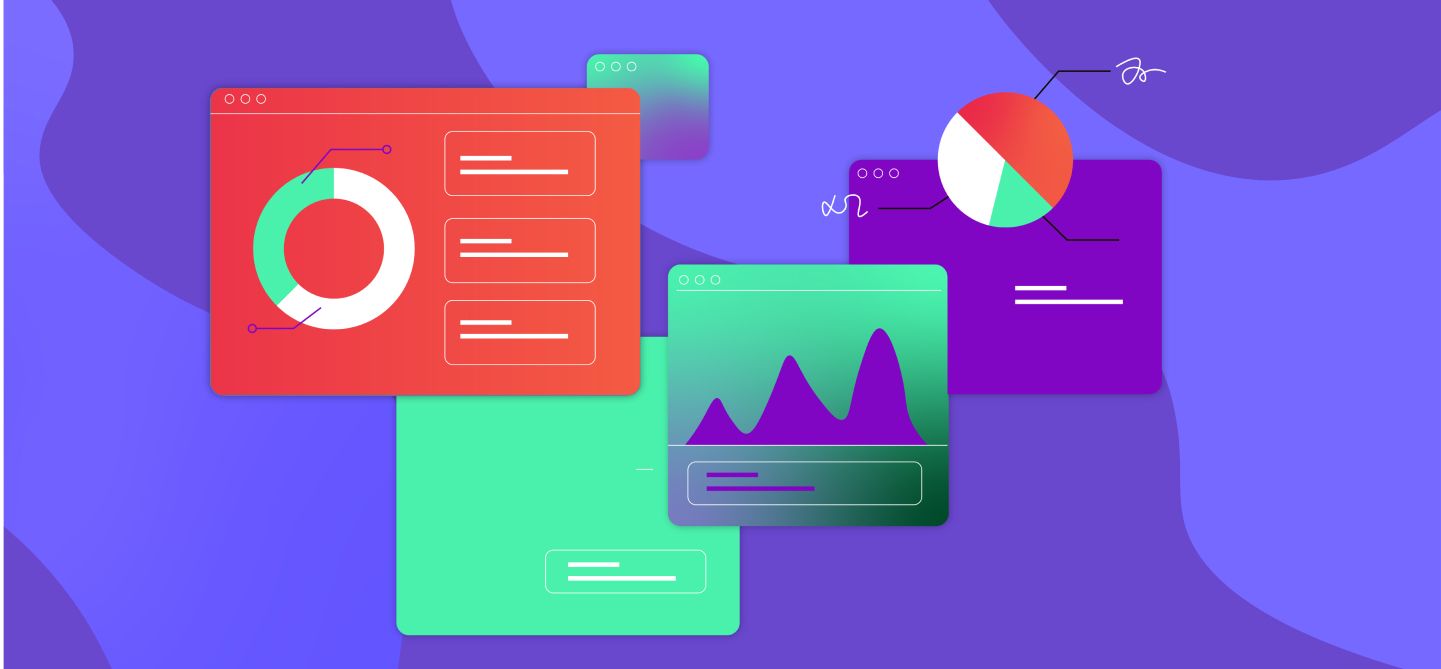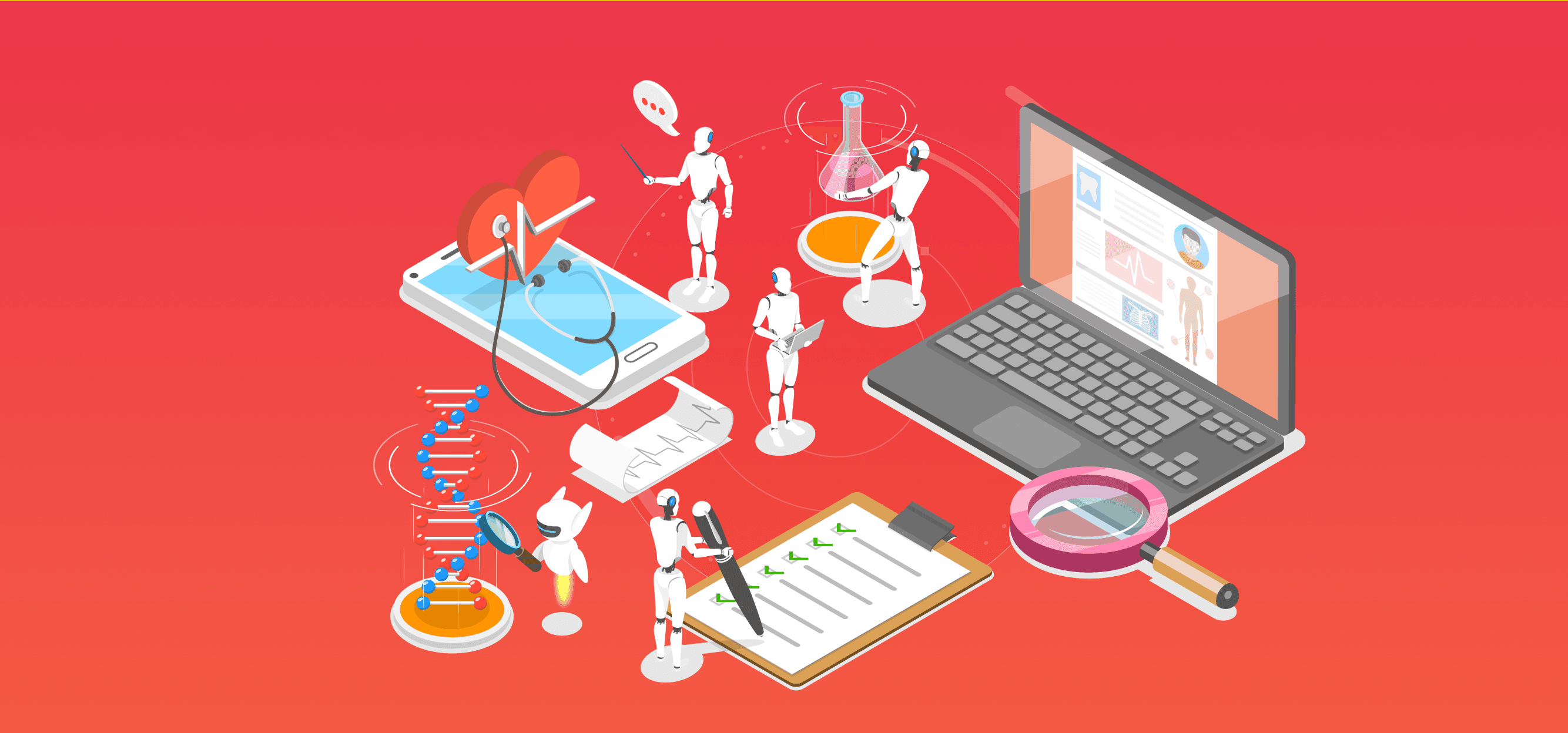Universal Analytics has been the most popular digital analytics software for many businesses, providing valuable insights into performance tracking and helping brands to craft and adapt their digital strategies.
Recently, Google has started transitioning to the next generation of its platform, Google Analytics 4 (GA4). From July 1st 2023, all previous versions of GA will no longer be supported and fundamental data tracking will no longer be processed.
So it's time to start switching!
The pressure is on for all marketers, digital managers and data crunchers to upgrade before they start to see a dip in their data and lose sight of how their digital experience is performing.
So what advantages will GA4 bring to your business?

POWERFUL EVENT TRACKING
One of the biggest advantages of GA4 is the ability to define a greater number of parameters to automatically categorise user interactions. These so-called “events” will now provide us with a greater level of detail on the user's journey and interactions. There are now up to 25 user-defined parameters included in a single event!
This is powerful, because it allows for the tracking of actions which would not have been possible in GA3, such as scroll tracking, video tracking, file download tracking, or site search tracking, giving you a deeper understanding of the actions and journeys your user is taking online, meaning you can make changes and decisions with confidence.
SAY GOODBYE TO COOKIES
The big changes to GDPR, made GA reliant on receiving consent from cookies to track user’s website interactions. GA4 has received a considerable upgrade, and is now able to “fill in the gaps” of user consent, by using machine learning to make best guesses based on interaction data. This means that you can still make some good educated guesses on what your website needs to improve, even when barely any actual traffic is recorded.
You can think of these as predictive metrics, powered by machine learning, telling you which interactions on your website are most likely to lead to a conversion. Which is huge if you want to improve business growth from your online experience.
BIGGER GOALS
In previous versions of GA, what was once referred to as “goals” is now called a “conversion”. Aside from the name change, “conversions” are now also much more flexible. Whereas UA allowed for a maximum of 20, GA4 allows users to set up to 30 distinct conversion goals. This includes big so-called macro-conversions like a successful purchase, and all the little micro-conversion steps leading up to it on the digital journey. This means greater granularity in tracking different kinds of conversion targets at the same time, giving you deeper insight into your business performance.
Going beyond this, GA4 also allows you to stack necessary preconditions for what counts as a successful conversion. For example, While UA allowed you to define a conversion as a specific page view or user interaction, it was not possible to define it based on both requirements simultaneously. GA4 on the other hand allows you to do just that, meaning you can better map the various interactions and pages, to gain a deeper analysis of the missed opportunities for increasing conversions and reducing bounce on your site.
A CLEANER LOOK

The most obvious change is GA4’s clean, simple presentation of data. Whereas GA originally split data into a sometimes overwhelming and confusing subdivision of tabs and subcategories, GA4 presents the most important data in one single overview section, allowing the user to click on each information panel to display a more detailed breakdown. On top of that, the GA4 homepage is now completely customisable, so you can craft it according to your own specific requirements, this will make tracking easier and more digestible for everyone!
BETTER USER TRACKING
The original UA made an attempt to show cross-device user tracking, although it was a pain to evaluate and calculate, as it didn’t synchronise with normal tracking properties. It used 3 different parties to understand what was happening across both mobile and desktop devices, which led to duplicated and uncontextualised data.
You’ll be pleased to hear that with this upgrade, we are promised to see better cross-device and cross-platform interactions. With better connection of data to the user identification, GA4 can now establish a much more definite single user journey. This will be a huge help to UX’ers and web managers to understand the fundamental journeys of different personas across the site and their devices.
So when are you going to make the move?
With more powerful tracking, an automatic method to “fill in the gaps”, a cleaner and more customisable dashboard and cross-device user tracking, GA4 is full of useful improvements that make switching very much worthwhile. Not only will it provide a more accurate analysis of your users and their actions online, but it will give you a better understanding of improvements and optimisations needed to your digital experience, to improve your conversions.
It’s an opportunity not to be missed. With Universal Analytics shortly coming to end of life, it's important, to get comfortable with the new data and ways of tracking, and ensure you are mapping to the most critical metrics for success.
Unsure where to start? The Pomegranate team would be happy to help make sure you are getting the most out of what GA4 has to offer!





